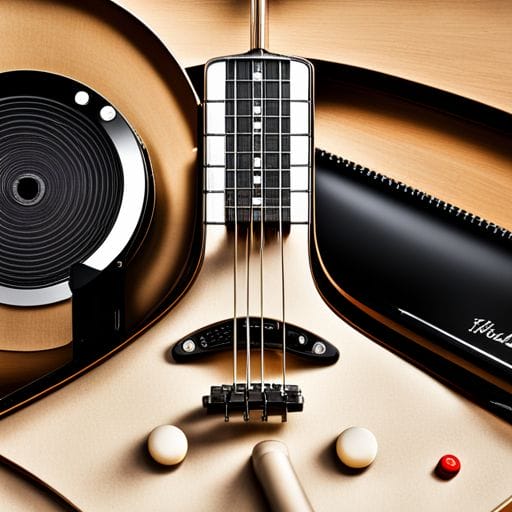Making Stock Transition FX (Whooshes, Impacts, Etc)

What are some common problems that producers might face when making these types of transition FX and how can they be overcome?
Creating compelling and dynamic audio for your videos or sound design project doesn’t have to be a daunting task. One of the most useful elements for bringing depth, excitement, and tonal balance to an audio project are transitional effects – such as whooshes, impacts, risers, drones, and more. These sound effects can aid in pacing your project or adding a needed texture or emphasis at key points. But how do we go about making them from scratch?
The Basics of Creating Sound Effects (SFX)
First, you need to understand the fundamental process of creating sound effects (SFX), which happens in four main steps: recording, editing, processing, and layering. Recording is the foundation of all sound effects. You might use various instruments or objects, or even your own voice to create unique sounds.
Next, you’d use a Digital Audio Workstation (DAW) or audio software to manipulate and enhance your recordings. This is where steps like editing, processing and layering come in.
Creating Whooshes
Also known as “swish” or ”swoosh”, whooshes are one of the most used transition effects in video and audio projects. The process of creating them involves recording or creating a noise with constant modulation and movement. You might use a noise generator or record the sound of wind, waves, or sweeping movements.
In the editing process, you can play with speed, panning, and reverberation effects to create a sense of movement. Your goal is to create a sound that smoothly rises and falls, with a clear start and end point.
Creating Impacts
Impacts are dramatic sound effects often used to emphasize crucial moments or accents in a scene. They are typically composed of low-frequency sounds with a short, sharp beginning and longer decay time. You may use sounds of a door slamming, a thunderclap, or the sound of an object falling or being hit to create impacts.
Editing and processing these sounds might involve pitch-shifting, layering multiple sounds for depth, and adding reverb or delay to increase the sustain or echo of the sound. High-pass and low-pass filters can also be used to manipulate the tonal balance of your impact sound.
There’s no one-size-fits-all way of creating transition effects. It requires creativity and experimentation. Try blending different sounds together. Don’t be afraid to use unconventional sound sources. Understanding the basics and the nature of the sound you want to create is the first step.
In Conclusion
Creating stock transition effects like whooshes, impacts, risers, drones, and more can be a fun and creative process. They can greatly enhance the overall effect and atmosphere of your sound design project by creating tension, emphasizing important parts, or providing smooth audio transitions. So no need to stick to stock sound effects; challenge yourself and create your own!
